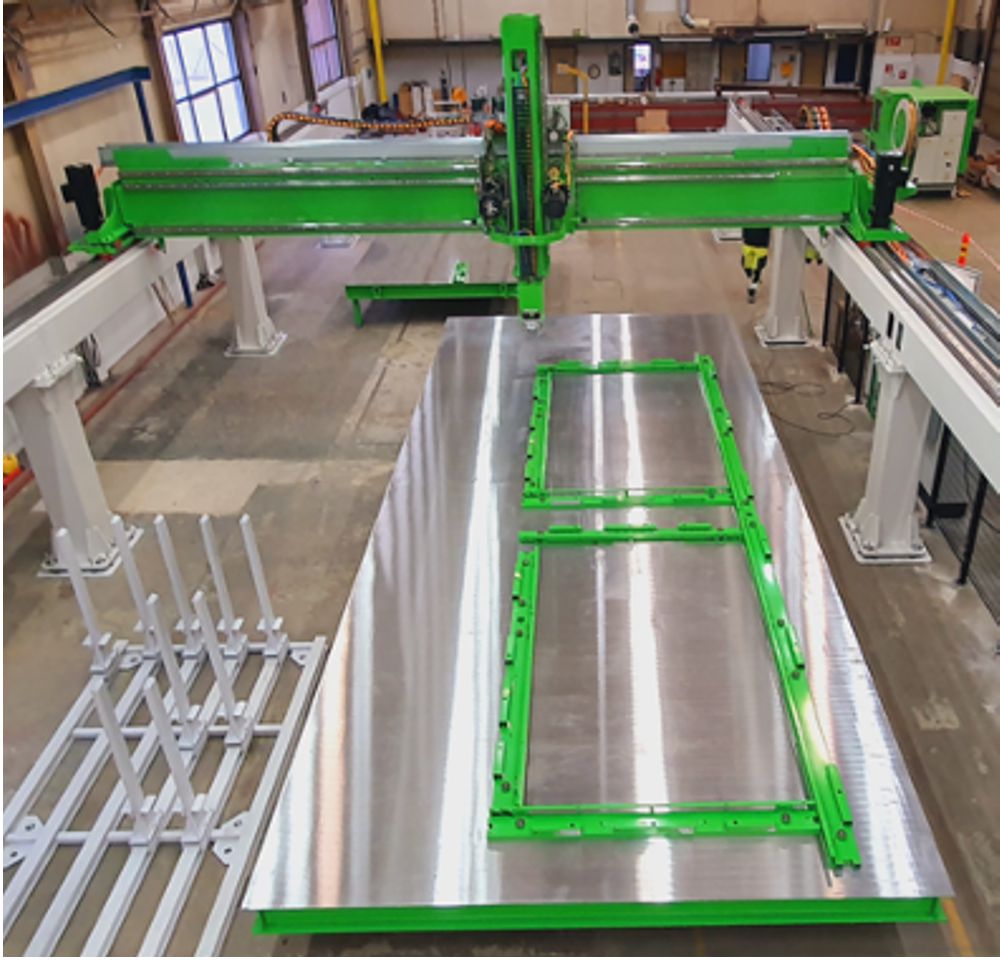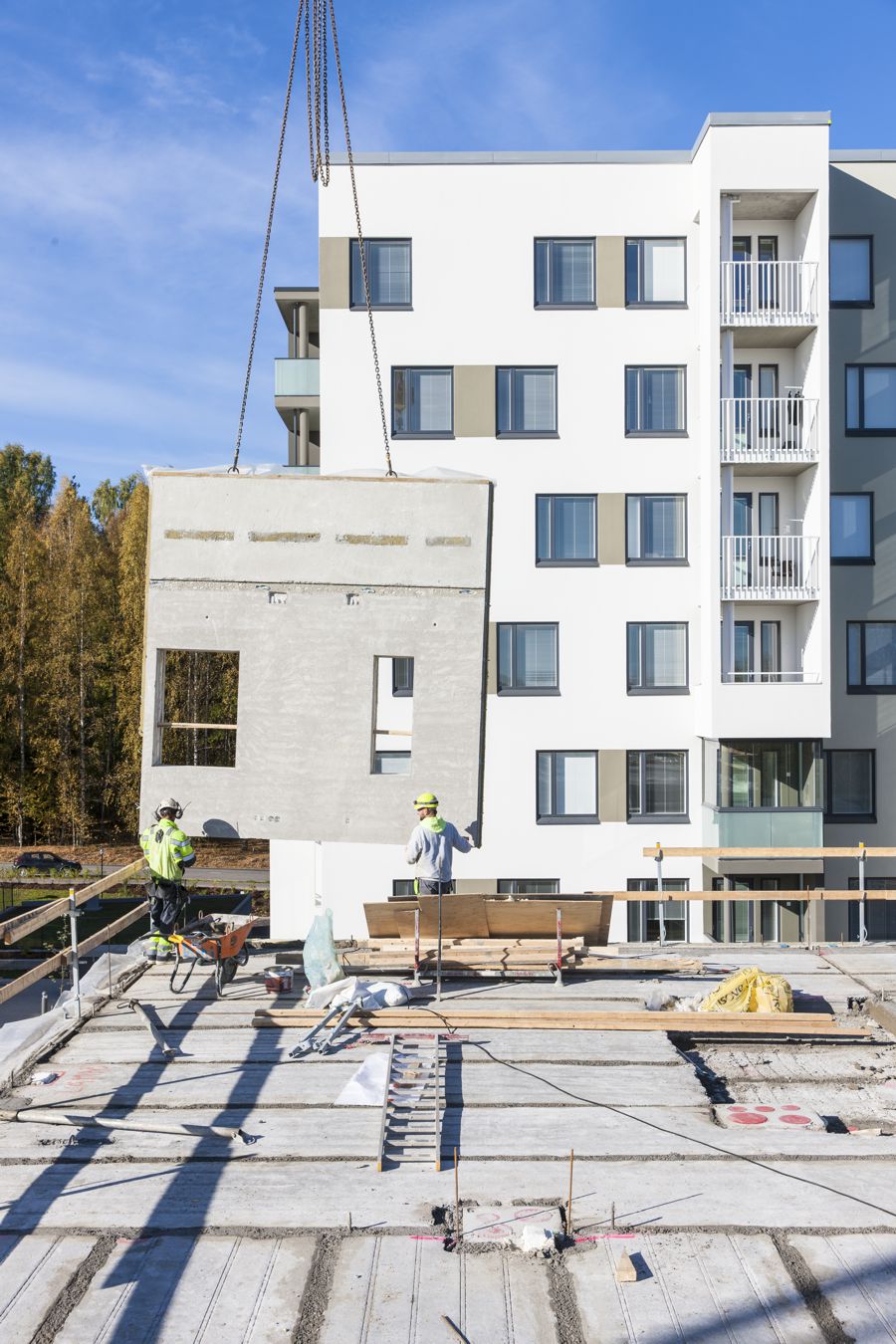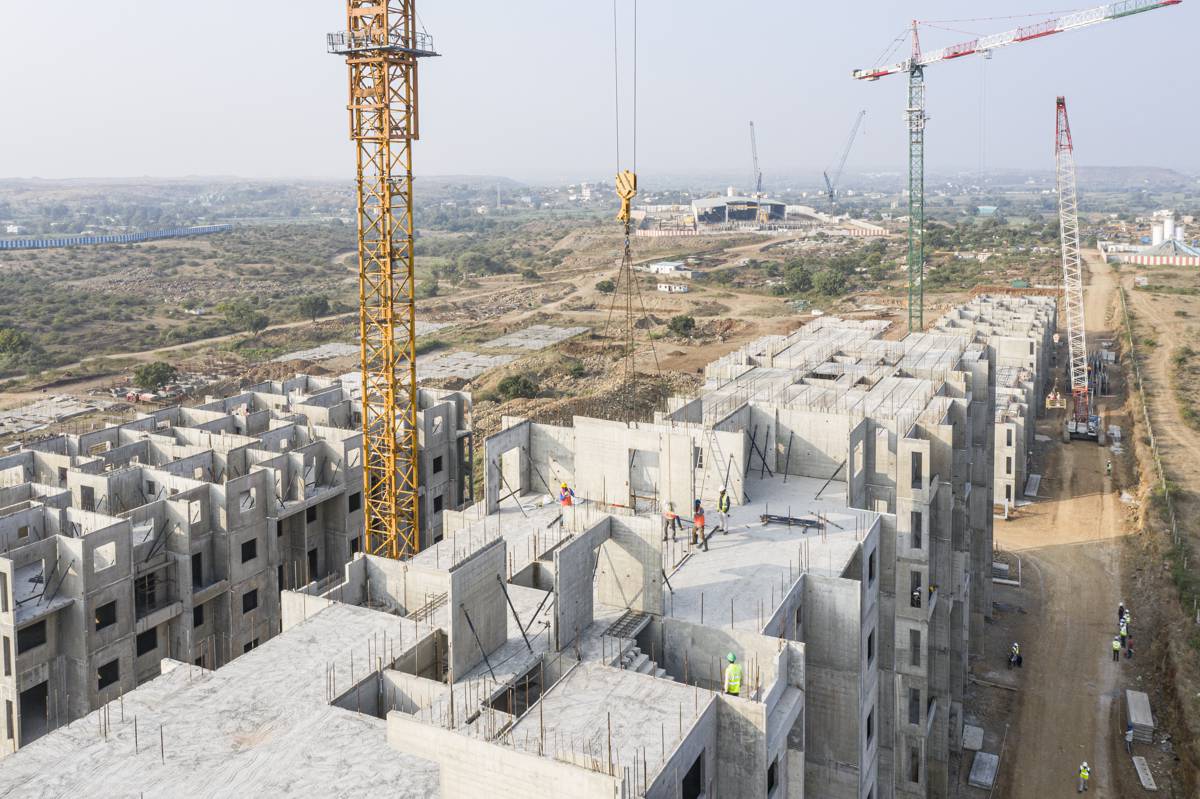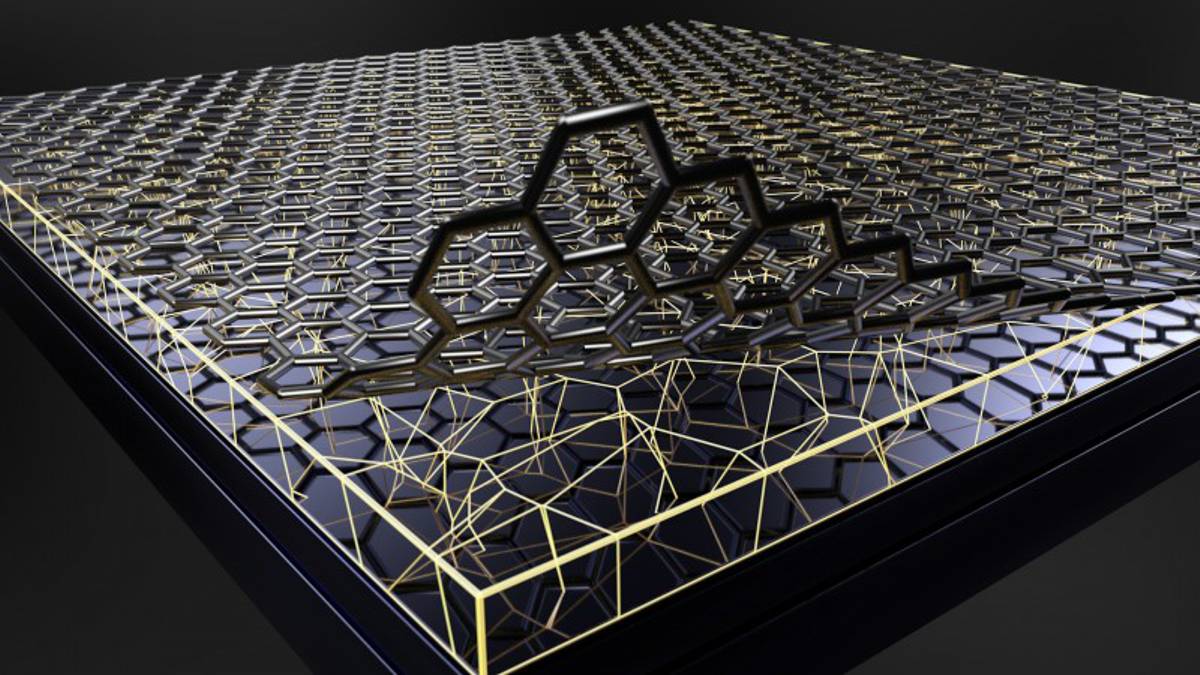Precast Concrete is key to cutting Construction’s Carbon Footprint
With the ability to cut CO2 footprint by 25% factory-based precast concrete production has the potential to save billions of tons of CO2 being emitted each year.
On the positive side the raw materials for concrete are plentiful, and the production of concrete foundations and structures are extremely cheap. But on the negative side concrete’s contribution to global CO2 output is 8%, or a hard-to-imagine three gigatons of CO2. Each and every year.
There is a general consensus that this level needs to be cut in order for the world to meet the obligations of the Paris Agreement, COP26, etc. The problem is that there are no readily available (and affordable) alternatives to concrete. Replacing concrete with steel, bricks or wood is not economic, and used in the quantities globally needed would create their own environmental problems. (E.g., Finland would need to cut down every tree in its heavily wooded country in just a few years if wood were to replace concrete.)
So concrete is easy to criticize but hard to replace. And while efforts are being made to make the concrete supply chain cleaner, by developing CO2-free steel for rebar, for instance, or not using coal-fired kilns in making cement clinker or replacing cement by e.g. fly ash, these are unlikely to move the needle on concrete’s gigantic CO2 problem.
Given the above, if someone told you that there was a technology that existed today that could create concrete buildings with 25% less CO2 footprint you’d think the world would jump at it. Well, it does, and it isn’t.

Precast is the cleaner alternative
The solution is, rather than casting concrete insitu, walls and floors should be made in tightly controlled precast factories. Whereas a slab poured on a worksite is solid, a precast slab, with its hollow core voids, uses a little over half the concrete. Cement use is cut by one-third per m3 of concrete, thanks to the much more effective compaction process used in the factory.
Even steel use is reduced – as it is prestressed before the concrete is poured, requiring about 10-15kg less steel per m2 of floor slab. Even that’s not all, because the precast hollow core floors are so much lighter, less concrete is needed in the foundations. And the number of internal load bearing walls can also be considerably reduced.
The list of benefits of using precast manufactured concrete elements over insitu poured concrete goes on. The ability to sandwich insulation into the process not only keeps heating bills down in winter – but can drastically cut air conditioning (and all its CO2 output) in hot climates.
Waste is a big problem of concreting on site – whereas in precast any spare material can be recycled back into the production process. Unlike in hot climates, where large quantities of water are needed to protect recently poured concrete, no additional water is needed in a factory-controlled precast environment.

A Breath of Fresh Air
Pollution is not just CO2, up to 25% of air contamination in major cities is from dust attributed to concrete construction techniques. With precast manufacturing the potential to improve inner city air quality is huge.
Finally, not only can using precast floors and walls cut the construction build times by a third, the fact that the elements meet rigid quality control and can be lifted and fitted into place (often without the need for scaffolding) improves site safety and building lifetime safety.

Putting our house in order
Despite all its advantages over insitu, precast concrete manufacturing is not perfect, and we are working to lower our own carbon footprint. To that end, Elematic have recently met the requirements for ISO14001, which is helping them improve their environmental performance through more efficient use of resources and reduction of waste, and lowering our own CO2.
While most of the CO2 created from precast technology comes from its in-use phase with customers. To that end Elematic offer a range of services to help them measure their carbon footprints and create action plans to reduce them. Measuring a plant’s carbon footprint is the first step to low-carbon element production.
To determine the carbon footprint of a construction product, the carbon footprint of the production process must be known: including the emission effects of the energy and raw materials used, and the footprint of manufactured concrete elements. Their reports help identify the most effective ways to reduce precast factories’ carbon emissions.
The main task is to make the production of precast elements as efficient as possible, reducing material, energy, time, and CO2. At the heart of this modernization is process automation and Plant Control, a suite of software that combines precast process optimization with the latest IT. Elevate will be at bauma with a whole range of innovations to help clients do more with less.
Looking ahead, Elematic is also helping to fund the LOIKKA project, a joint venture aiming to sharply reduce greenhouse gas emissions from the concrete industry. As part of the project, they will test low-carbon precast concrete elements. The transition to low-carbon concretes poses a productivity challenge for precast concrete plants: how to maintain output when low-carbon concretes dry more slowly than conventional concretes. (up to double the time.)

Protecting the climate needs a higher priority
So, if precast concrete production is so good in so many respects, why isn’t it more popular? Sadly, the answer is that contractors mostly win tenders by being the cheapest, not the most environmental. Added to that, no one in the construction value chain is responsible for a building’s CO2 output.
Among major economies only China is incentivizing the use of precast construction techniques. This is the solution, only through new legislation will the environmentally damaging cycle of opting for insitu concrete be broken.
The irony is that insitu concrete’s great claim-to-fame, being the cheapest option, isn’t really true. When you consider the shorter build times, lower workforce requirements and lower waste, precast is easily comparable with insitu construction.
With the climate continuing to heat up, the technology to radically cut CO2 output from concrete construction exists today.














